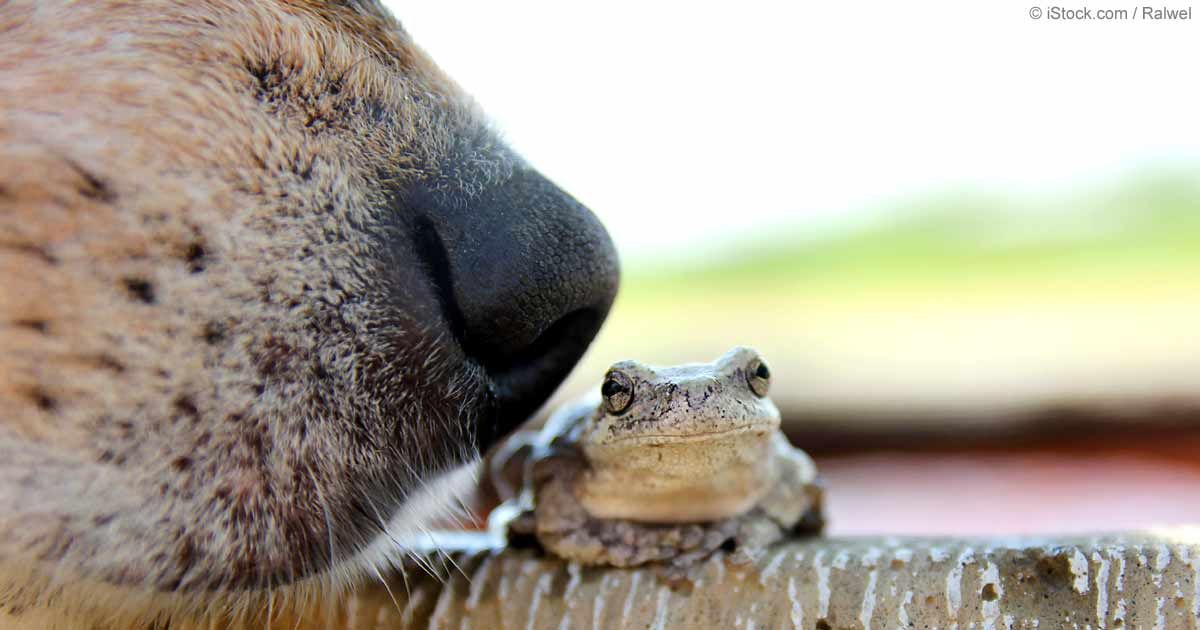Writing an exceptional profile piece requires much more than just a good journalist with writing skills. It requires excellent reporting, the ability to uphold a solid conversation and above all, a selfless act of putting the profiled person first.
A lot of times we are told, as journalists, to take away the individuality of our writing. To still have a voice and a writing style, but to keep yourself and opinions out — except, of course, in the case that you are an opinion columnist. But this is the beauty of a profile piece. You don't have to contain personality or opinion.
1. Find someone interesting
The most important, or starting factor, of writing a profile piece is, of course, finding someone. You can find anyone who you believe makes a unique story. It doesn't matter if they are famous, up-and-coming or unknown. As long as you can tell the story in an intriguing and entertaining way, then whoever you find will be perfect.
If you're stumped and have no idea where to look, try featured videos on Facebook or profiles on Instagram. Usually, both are linked to emails, but messaging through the apps also will suffice. Almost all of my profile pieces have begun because of a simple DM on Instagram. Find trends based off of what you are interested in. Did you see a new designer on Instagram that you wanted to know more about? Reach out. The worst that could happen is that they don't answer or don't have the time.
2. Do the research; make the questions
Once your profile interview is scheduled, begin doing some research about the company or person. The first sign of an inexperienced journalist is asking questions that are given in the "about" section of someone's website. In other words, don't be lazy. Find the time, whether it be 10 or 20 minutes, and look through their website and social media.
When I have extra time, I also like to look through previously written articles. This not only helps you to have more information before the interview, but can also spark new questions that pursue the subject further.
In terms of writing the actual questions, start easy. The last thing you want to do is throw someone off during an interview with an elaborate or tricky question. If you're new at reporting and performing interviews, just remember that this could be the first time your profiled person is even being interviewed. Chances are they are just as, if not more, nervous as you.
For interviews, I tend to write out 10 questions. I always ask more, but it's a good start and also leaves room for extra questions that will come up throughout the interview. Depending on the angle of your piece, try to ask about the attribute or business that prompted you to interview them. Inquire about why they started or what inspired them. Even the greatest people have been inspired by someone or something else, plus it's always a nice fun fact to add to your piece. The better you get at interviewing, the more random questions will come up. The more you feel comfortable, the more curious you become.
This isn't just about reporting. It's about the ability to find your inner Barbara Walters and ask the right questions, and to not be afraid to ask the hard ones. People love to talk, and it's your job to get them to start.
3. Write
Remember: You are representing this specific person through your words. Writing profiles means that you are able to be creative, to write in a beautiful language that tells the story of another. You aren't just using your interviews, but what or how you felt during the interview as well. If you are inspired by the other person, then use that feeling to guide your thoughts throughout the piece. If you were intrigued or surprised, use those emotions too.
Most importantly, make sure that you don't lose yourself or your featured subject in the piece. Don't become so entangled with complicated, or "smoking-jacket," words that you lose your own voice. This, alone, results in the loss of your ability to tell the story of your subject. More specifically, you must selflessly put your creative voice within the piece in order to give a personal connection to the subject. No one connects with a profile piece that's a dull read. They connect with something exciting, inspiring, and interesting. You must make the profiled person seem almost more interesting than they are by guiding your readers to the end of the piece.
4. You can do it. Just remember...
No one wants to read a story about another person doing great things. They could pick up a book for that, or even start a random conversation in a nearby coffee shop. You, as the journalist, need to give your readers what they cannot have or find by themselves. It's a spark that you have to ignite so that they feel the same emotions that you felt during the interview, but also come out of the piece feeling like they have a personal connection with the person or company that has been profiled. To write a good profile piece, you must be completely selfless. You have to realize that, unlike other articles, you have to not only illustrate what this person looks like, but who the person is.









 sunrise
StableDiffusion
sunrise
StableDiffusion
 bonfire friends
StableDiffusion
bonfire friends
StableDiffusion
 sadness
StableDiffusion
sadness
StableDiffusion

 purple skies
StableDiffusion
purple skies
StableDiffusion

 true love
StableDiffusion
true love
StableDiffusion
 My Cheerleader
StableDiffusion
My Cheerleader
StableDiffusion
 womans transformation to happiness and love
StableDiffusion
womans transformation to happiness and love
StableDiffusion
 future life together of adventures
StableDiffusion
future life together of adventures
StableDiffusion













 shiny things
StableDiffusion
shiny things
StableDiffusion
 listen to your heart
StableDiffusion
listen to your heart
StableDiffusion
 face your fear
StableDiffusion
face your fear
StableDiffusion
 olympic woman
StableDiffusion
olympic woman
StableDiffusion
 Lessons of life
StableDiffusion
Lessons of life
StableDiffusion
 Woman praying
StableDiffusion
Woman praying
StableDiffusion
 Disneys Goofy
StableDiffusion
Disneys Goofy
StableDiffusion
 love
StableDiffusion
love
StableDiffusion
 you are stronger than you think
StableDiffusion
you are stronger than you think
StableDiffusion
 kindness
StableDiffusion
kindness
StableDiffusion









